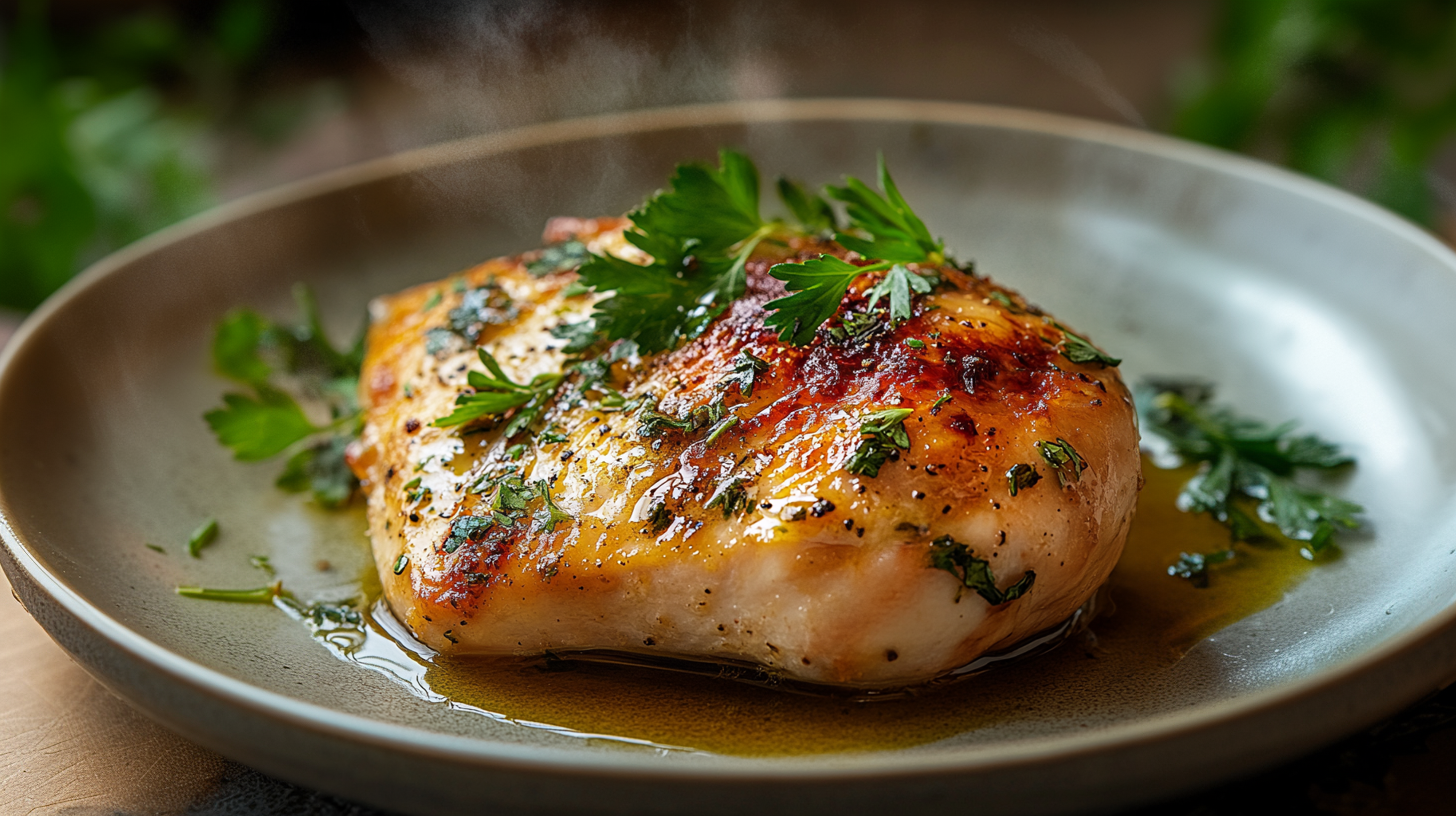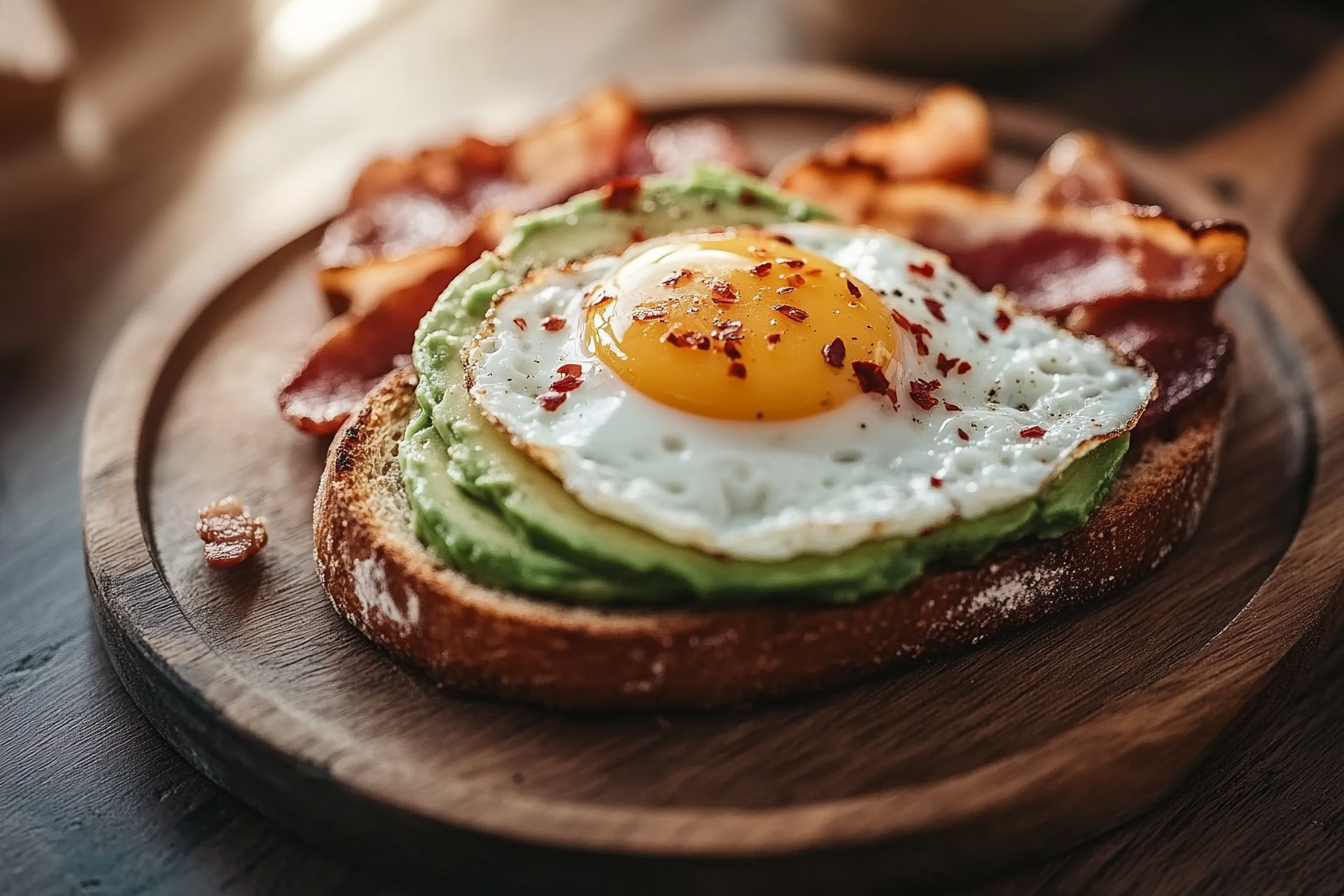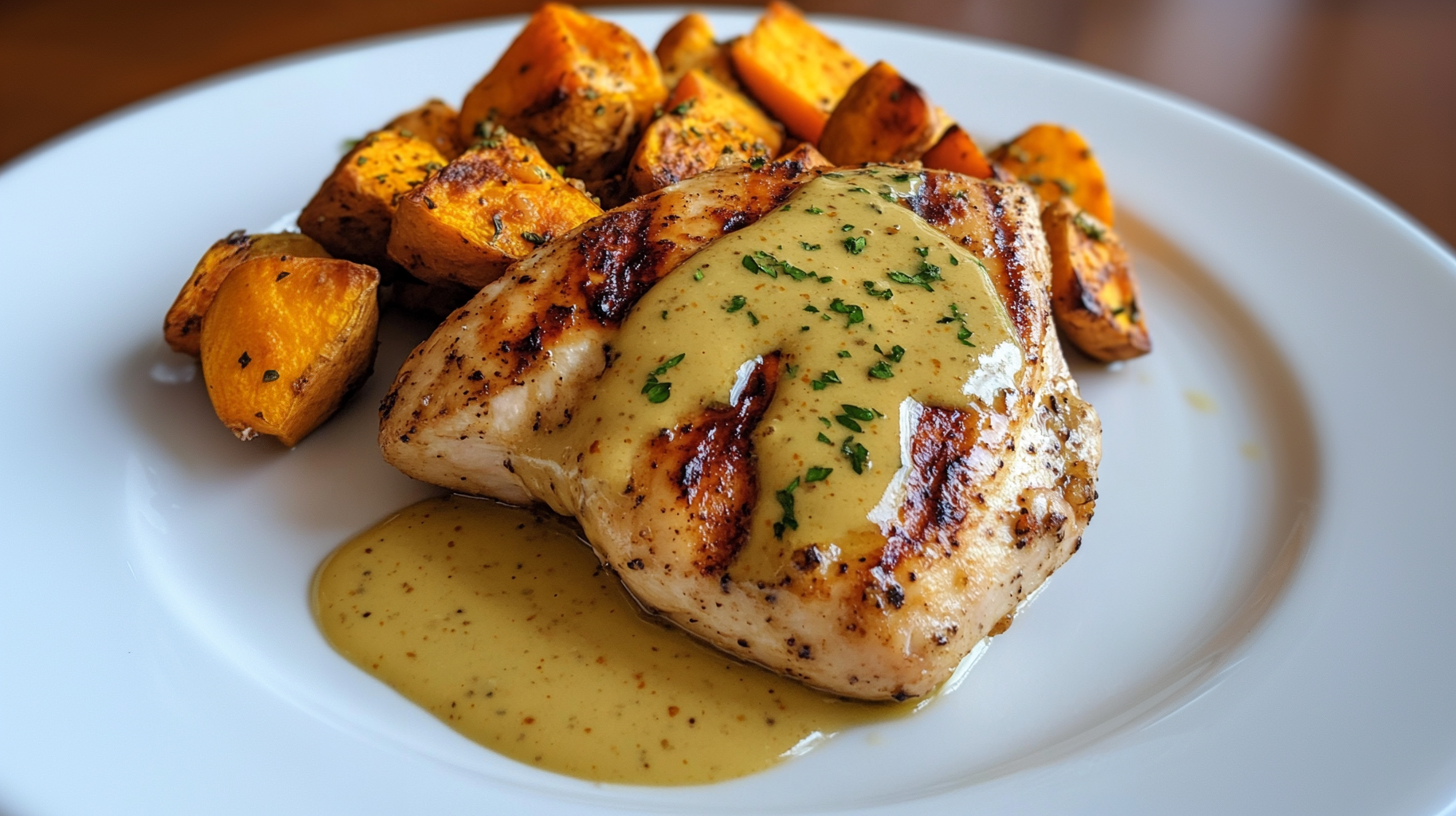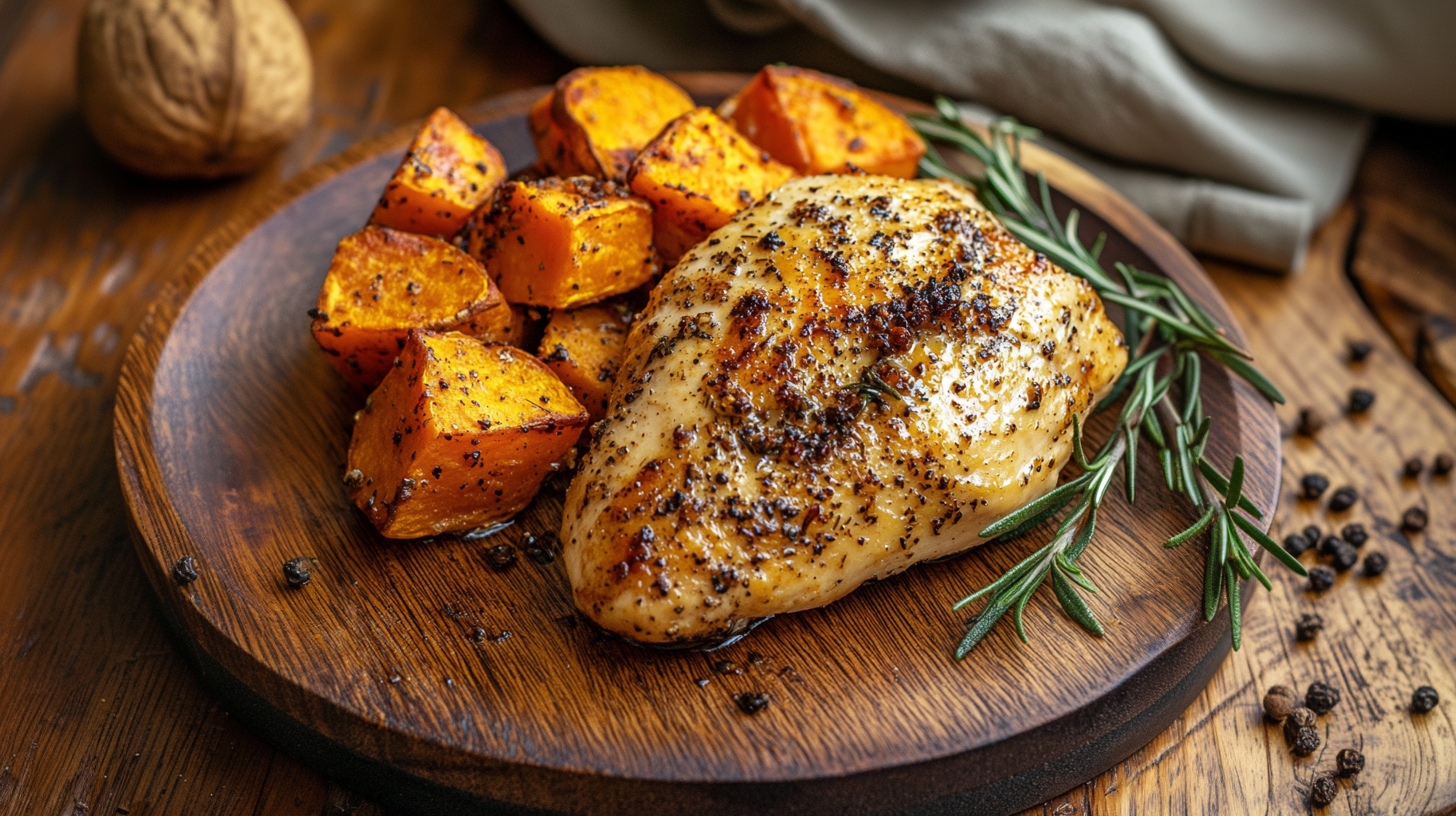Almond flour has become a go-to ingredient for gluten-free and low-carb baking. However, if you’re wondering, “Does almond flour bake differently?”, the answer is yes! Baking with almond flour requires some adjustments due to its unique properties. This guide will explore how almond flour impacts baking, essential tips, and techniques to achieve perfect results every time.
What Makes Almond Flour Different?
Almond flour is made from finely ground, blanched almonds, offering a rich, nutty flavor and soft texture. Here are some of its distinguishing characteristics:
- Gluten-Free: Lacks the structure gluten provides in wheat-based flours.
- Higher Fat Content: Produces moist and tender baked goods.
- Density: Heavier than regular flour, impacting texture and rise.
- Low Carb: Ideal for keto and low-carb diets.
Understanding these differences is the first step in answering “Does almond flour bake differently?”.
Key Adjustments When Baking With Almond Flour
Substituting almond flour for wheat flour requires specific changes to ensure success. Follow these tips:
- Adjust the Ratio:
- Use slightly more almond flour (about 1 1/4 cups for every cup of regular flour).
- Add Binders:
- Eggs, flaxseed, or xanthan gum help provide structure.
- Reduce Liquid Ingredients:
- Almond flour retains moisture, so reduce liquids slightly.
- Incorporate Leavening Agents:
- Use baking powder or soda to help achieve lift.
These adjustments address the question, “Does almond flour bake differently?”, while ensuring optimal results.
Does Almond Flour Affect Texture?
Yes, almond flour significantly impacts the texture of baked goods:
- Moist and Tender: The natural oils in almond flour create a moist crumb.
- Dense: Lacks the light, airy quality of traditional flours.
- Nutty Undertones: Adds a subtle almond flavor.
These qualities make almond flour ideal for cookies, brownies, and quick breads.
Temperature and Time Adjustments
When using almond flour, baking temperature and time often need adjustments:
- Lower the Temperature: Reduce by 25°F to prevent overbrowning.
- Monitor Closely: Almond flour bakes faster, so check for doneness early.
These changes help achieve evenly baked results.
What Types of Recipes Work Best With Almond Flour?
Almond flour is versatile but works best in certain recipes. Here’s where it shines:
- Cookies: Moist and chewy with a rich flavor.
- Brownies: Fudgy and dense, perfect for chocolate lovers.
- Pancakes: Light and fluffy with a nutty twist.
- Quick Breads: Moist and flavorful for banana or zucchini bread.
Recipes requiring minimal rise are ideal for almond flour.
Does Almond Flour Bake Differently in Yeast-Based Recipes?
Yes, almond flour performs differently in yeast-based recipes:
- No Gluten: Lacks elasticity, so the dough doesn’t rise like wheat-based bread.
- Dense Texture: Produces heavier loaves.
- Mix With Other Flours: Combine almond flour with coconut or tapioca flour for better results.
Understanding these limitations is key when using almond flour in yeast-based baking.
Common Mistakes When Baking With Almond Flour
Avoid these pitfalls for successful almond flour baking:
- Using Coarse Almond Meal: Leads to gritty textures. Opt for finely ground almond flour.
- Skipping Binders: Results in crumbly baked goods.
- Overloading the Batter: Too much almond flour can make recipes overly dense.
By sidestepping these mistakes, you’ll master almond flour baking.
How to Enhance Flavor When Baking With Almond Flour
Almond flour’s natural flavor pairs well with other ingredients. Here’s how to enhance it:
- Pair With Chocolate or Citrus: Complements almond’s nutty notes.
- Use Extracts: Add vanilla or almond extract for extra flavor.
- Incorporate Spices: Cinnamon, nutmeg, or cardamom add warmth.
These combinations elevate the taste of almond flour recipes.
Storing and Using Almond Flour
Proper storage ensures almond flour retains its quality:
- Refrigerate: Store in an airtight container to prevent rancidity.
- Freeze: For long-term storage, freeze almond flour in a sealed bag.
Always use fresh almond flour for the best baking results.
Does Almond Flour Bake Differently in Gluten-Free Recipes?
Almond flour is a staple in gluten-free baking but works best when combined with other flours:
- Mix With Coconut Flour: Balances density and absorption.
- Add Tapioca Starch: Improves texture and elasticity.
- Incorporate Arrowroot Powder: Helps achieve a lighter crumb.
These combinations enhance gluten-free baked goods.
Creative Recipe Ideas With Almond Flour
Incorporate almond flour into these delicious recipes:
- Almond Flour Cookies: Chewy and flavorful with a soft center.
- Almond Flour Brownies: Fudgy and rich, perfect for dessert lovers.
- Almond Flour Pancakes: Light and fluffy with a hint of nuttiness.
- Almond Flour Muffins: Moist and tender with customizable flavors.
These ideas demonstrate almond flour’s versatility in the kitchen.
Nutritional Benefits of Almond Flour Baking
Baking with almond flour isn’t just delicious—it’s also nutritious. Here’s why:
- Low Carb: Ideal for keto and low-carb diets.
- Rich in Healthy Fats: Promotes heart health.
- High in Protein: Supports muscle growth and repair.
- Vitamin E: Offers antioxidant benefits.
Choosing almond flour adds a nutritional boost to your baked goods.
- What Is the Secret to Baking with Almond Flour?
- Almond Flour Brownie Recipe
- Can I Use Almond Flour Instead of Flour for Brownies?
Below is the rewritten article integrating these internal links and three external links from trusted domains.
Does Almond Flour Bake Differently?
Almond flour is a popular choice for gluten-free and low-carb baking, but it doesn’t behave the same as all-purpose flour in recipes. Understanding these differences is key to successfully using almond flour in baked goods like brownies, cookies, and cakes. Here’s a guide to how almond flour changes the baking process and tips for making the most of this versatile ingredient.
How Almond Flour Differs from All-Purpose Flour
Unlike all-purpose flour, almond flour is made from finely ground almonds and contains no gluten. This gives baked goods a denser, moister texture but also means they may lack the structural support gluten provides. As a result, recipes using almond flour often require additional binders like eggs, xanthan gum, or chia seeds. For example, brownies made with almond flour are often richer and fudgier than their traditional counterparts.
To explore more about optimizing recipes with almond flour, check out what is the secret to baking with almond flour?, which delves into techniques for balancing moisture and texture.
Adjustments for Baking with Almond Flour
Baking with almond flour typically requires adjustments in ingredient ratios. It absorbs less liquid than wheat flour, so you might need to reduce the amount of oil or butter in the recipe. Additionally, almond flour tends to bake faster and brown more quickly, so monitoring your oven closely is essential. Use a lower temperature if necessary to avoid over-browning.
For a recipe that demonstrates these techniques, try this almond flour brownie recipe, which highlights how to achieve perfect results with almond flour.
Common Mistakes and Solutions
One common challenge when baking with almond flour is its tendency to make baked goods overly dense. To counteract this, some bakers combine almond flour with lighter flours like coconut flour or tapioca starch. Another tip is to avoid overmixing, as almond flour batters can become heavy if worked too much.
If you’re wondering whether almond flour can fully replace all-purpose flour, read can I use almond flour instead of flour for brownies? for an in-depth comparison.
External Resources for Further Learning
- Discover more about gluten-free baking with almond flour in Bob’s Red Mill’s almond flour guide.
- Explore pairing almond flour with other alternative flours at King Arthur Baking’s almond flour recipes.
- Learn baking tips and tricks for almond flour at Bon Appétit’s gluten-free baking tips.
Conclusion
Almond flour bakes differently from traditional wheat flour, requiring adjustments in moisture, structure, and baking time. With the right techniques and a bit of experimentation, you can create delicious and nutritious baked goods that cater to gluten-free and low-carb diets. Resources like the almond flour brownie recipe and external guides make it easy to master almond flour baking. Happy baking!
FAQs and Their Benefits
Below are FAQs related to baking with almond flour. Each FAQ provides a comprehensive two-paragraph response with an emphasis on user benefits.
1. How Does Almond Flour Bake Differently from Traditional Flour?
Almond flour bakes differently from traditional flour due to its lack of gluten and higher fat content. Gluten provides structure to baked goods, and without it, recipes made with almond flour tend to have a denser, more delicate texture. Additionally, almond flour is heavier than all-purpose flour, which affects how batters and doughs rise. This can lead to baked goods that are flatter or denser unless recipes are adjusted with additional leavening agents, like eggs or baking powder. Almond flour also browns faster than traditional flour, requiring careful monitoring during baking to avoid overbaking or burning.
Understanding these differences ensures users can adjust their recipes for better results, reducing the trial-and-error frustration that often accompanies substitutions. For content creators, answering this question preemptively addresses user concerns, establishing trust and authority while increasing the likelihood of repeat visits to their blog or website.
2. What Adjustments Should I Make When Baking with Almond Flour?
When using almond flour, it’s important to adjust the liquid and fat ratios in your recipes. Almond flour tends to absorb less liquid, so reducing the amount of wet ingredients or adding a binding agent, like xanthan gum or an extra egg, helps maintain the right texture. Additionally, because almond flour lacks gluten, baked goods can be crumbly or fragile. Combining almond flour with coconut flour or adding starches like arrowroot powder can help improve structure.
This FAQ benefits users by offering actionable tips to improve their baking experience. It empowers readers with knowledge, encouraging them to experiment confidently with almond flour. For creators, such detailed explanations demonstrate expertise, building credibility and driving engagement with related posts or recipes.






